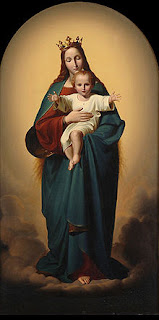 |
| Arctic Ocean |
“The history of the universe is a sacred story in sacred time. It is a story of God who comes to be in what God is not. Creation always bears in its innermost being a divine relation, and yet it is not divine. God is the future plenum of all that can be, and yet God is dynamically interior to creation, gradually bringing all things to their full being by a single creative act spanning all time. Because creation is relationship, God acts from within, at the core of each element, by animating the sphere of being from within. God therefore, imparts to creation its inner dynamism of love and hence relationality”. -- Ilia Delio, The Emergent Christ pp 46-47
I am aware of God animating the sphere of my being when...I pray at the oceanside. The rhythm and motion of the waves helps me to feel at peace and puts the rest of my life in perspective. There is something tangible of the divine relationship in the ocean and the shore and their interaction...the give and take that reshapes each other. In that mutual embrace that is both soothing and dramatically passionate I find a renewed sense of love agape. For this reason too, I love swimming. The movement of the water around me and within me reminds me of being in what is inside of us in the Eucharist. Christ above me, below me, beside me, within me and all around me. Water is like that too and makes that tangible for me. I think it is no accident that the prime Sacrament of our faith involves Water or that Christ is the Living Water. For this I am grateful today.

























